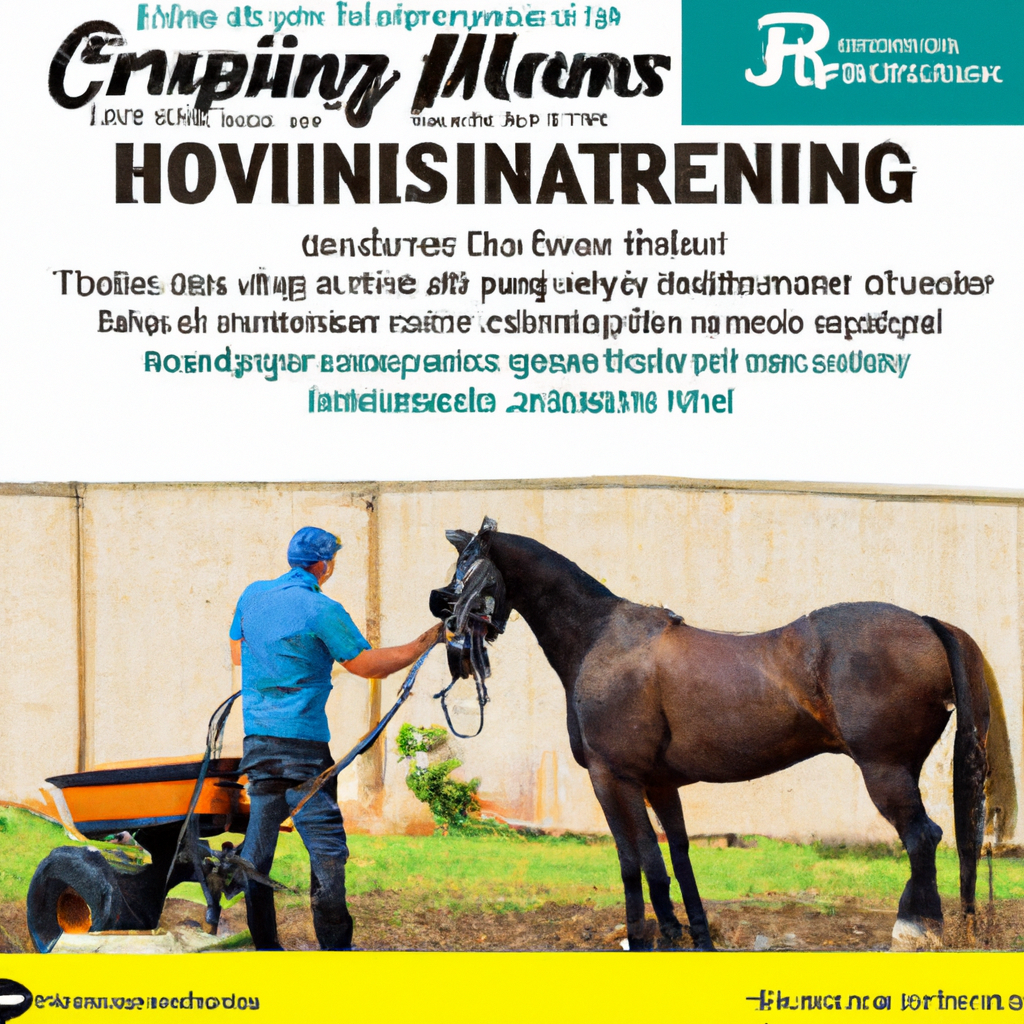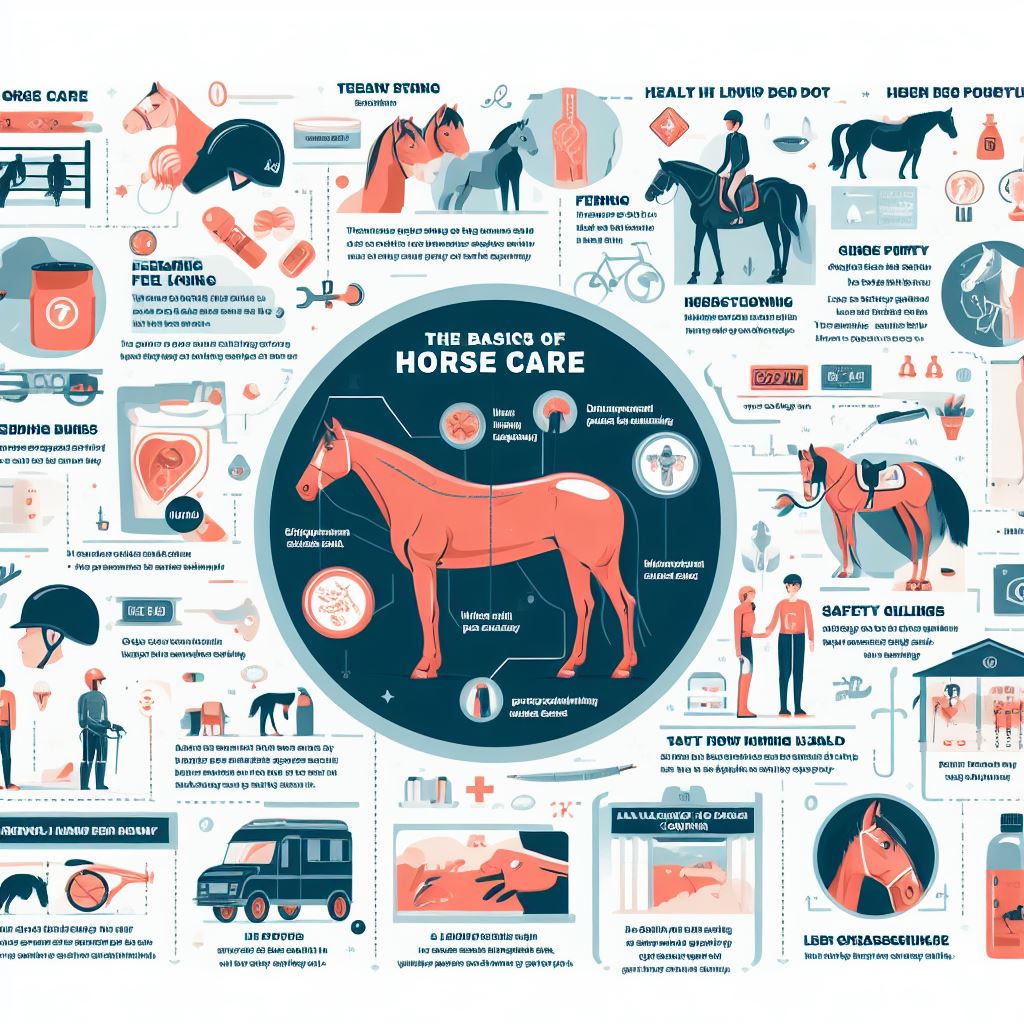If you’ve ever been captivated by the grace and power of horses, you’re not alone. Yet, becoming a horse owner requires more than a love for these majestic creatures. It demands commitment, knowledge, and a significant investment of time and resources. Reading this article, “Mastering Basics of Horse Care”, will equip you with essential insights into the day-to-day responsibilities and practicalities of keeping a horse. It offers the basic knowledge you need to go from admiring horses from a distance to providing the best possible care for a horse of your own.
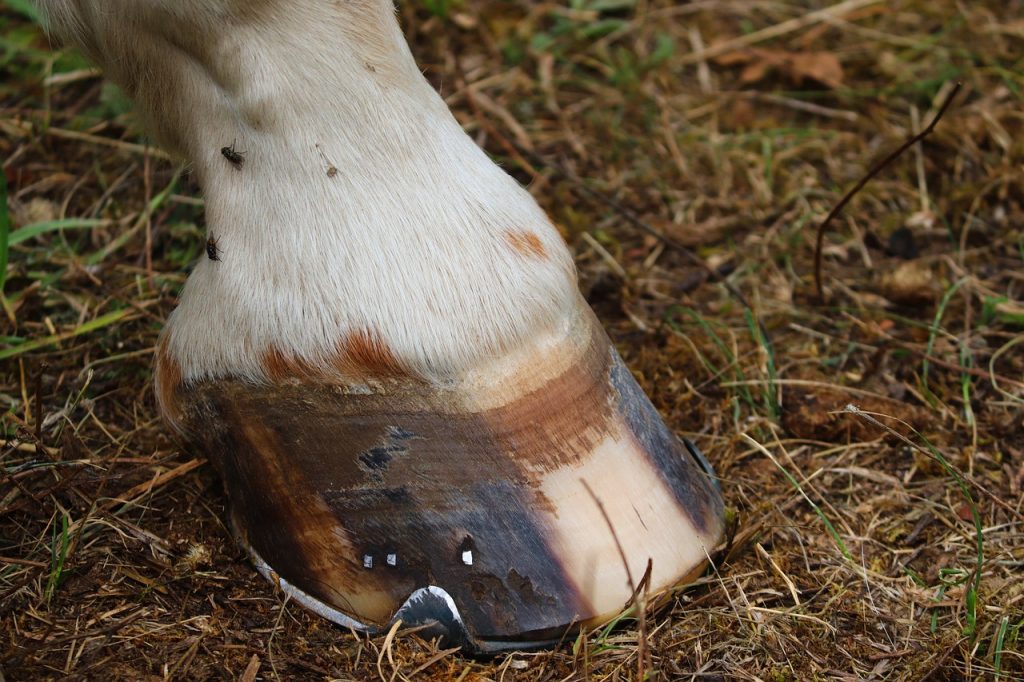
Understanding Horse Behavior
Understanding your horse’s behavior can greatly improve your relationship with them and help you identify any possible issues. Horses have their own language, unique behaviors, and personal preferences.
Signs of a Healthy Horse
A healthy horse tends to be alert, interested in its surroundings, with a shiny coat and good body condition. They feed and drink regularly, and their stools are firm but not hard. You’ll notice that they move with ease, without signs of lameness or discomfort. Their temperature, breathing rate, and heart rate stay within the normal range. Of course, these are general signs and every horse is different, so it is important to know what is normal for your individual horse.
Understanding Horse Communication
Horses communicate mainly through body language. Ears pointed forward indicate curiosity or interest, while flattened ears signal anger or fear. The direction of a horse’s gaze can reveal what has captivated their attention. Tail swishing often indicates irritation. Understanding these communication cues will help create a solid bond with your horse while allowing you to detect signs of distress or discomfort early.
Signs of Illness or Discomfort
If your horse is unwell or feeling pain, they may show signs such as dull coat, loss of appetite, changes in behavior, weight loss, restless or high-stepping movement, excessive rolling, or circling in their stall. They might have an abnormal pulse rate, irregular breathing, or a higher than normal temperature. If you observe these signs, contact a vet immediately.
Proper Feeding and Nutrition
Feeding your horse properly is crucial to their health and wellbeing. A well-balanced diet will ensure your horse stays fit and is able to participate in whatever activities you have planned.
Understanding a Horse’s Dietary Needs
Horses usually need to consume about 2% of their body weight in feed daily, with the majority of this being roughage, such as hay or grass. They also need plenty of fresh water, access to a salt block, and proper vitamin and mineral supplementation.
Types of Horse Feed
The two basic types of food necessary for a horse’s diet are hay and grain. Hay is the main source of roughage, and grain provides a concentrated source of energy. Pellets and sweet feeds are common types of commercial grain products available for horses.
Proper Feeding Practices
Feeding should be regular and consistent. Split feedings into at least two per day and avoid large single meals. Water should always be available, along with a salt block for essential minerals. Monitor weight and condition to ensure the diet is providing the right amount of nutrients.
Dealing with Dietary Issues
If your horse is having dietary issues, like not eating, losing weight, or showing signs of nutrient deficiency, consult a vet. They can suggest a feeding regimen or supplements to address the problem.
Health Check and Vaccinations
Routine health checks and vaccinations play an essential part in horse care. They can help prevent, detect, and manage various equine diseases.
Routine Horse Health Checks
Routine health checks involve evaluating your horse’s physical condition, including its coat, hooves, teeth, and body weight. You should also measure its vital signs, such as temperature, pulse, and respiration rate. Regular fecal checks for worms is also important.
Understanding Common Horse Diseases
Knowledge of common horse diseases, their symptoms, and treatment options can help you identify possible health issues promptly. These include colic, laminitis, equine infectious anemia, and botulism among others.
Importance of Regular Vaccinations
Vaccinations protect your horse from a variety of diseases. These may include Tetanus, Equine influenza, and West Nile Virus. The choice of vaccine depends on your horse’s age, lifestyle, and geographic location.
Dealing with Health Emergencies
In a health emergency, call your vet immediately. While waiting, stay calm, keep your horse comfortable, and in severe cases try to prevent further injury.
Horse Grooming Basics
Grooming is an important part of horse care. It maintains the health of a horse’s skin and coat, and allows for early detection of skin and body issues.
Tools and Techniques for Grooming
Basic grooming tools include a curry comb, body brush, dandy brush, mane and tail comb, and hoof pick. The key is to be thorough and regular with grooming sessions, using appropriate techniques for each tool and body part.
Keeping the Coat Healthy
A horse’s coat can be kept healthy through regular brushing and bathing. Brushing removes dirt and promotes circulation. Bathing should be done sparingly as it can strip essential oils from the coat.
Cleaning and Trimming Hooves
Regular cleaning and trimming of hooves are vital for foot health. Hooves should be cleaned before and after riding, and regularly checked for conditions like thrush or hoof cracks.
Managing Mane and Tail Care
The mane and tail require special attention to prevent tangles and breakage. Regular combing with a suitable product can help maintain them, and trimming ensures they’re at a manageable length.
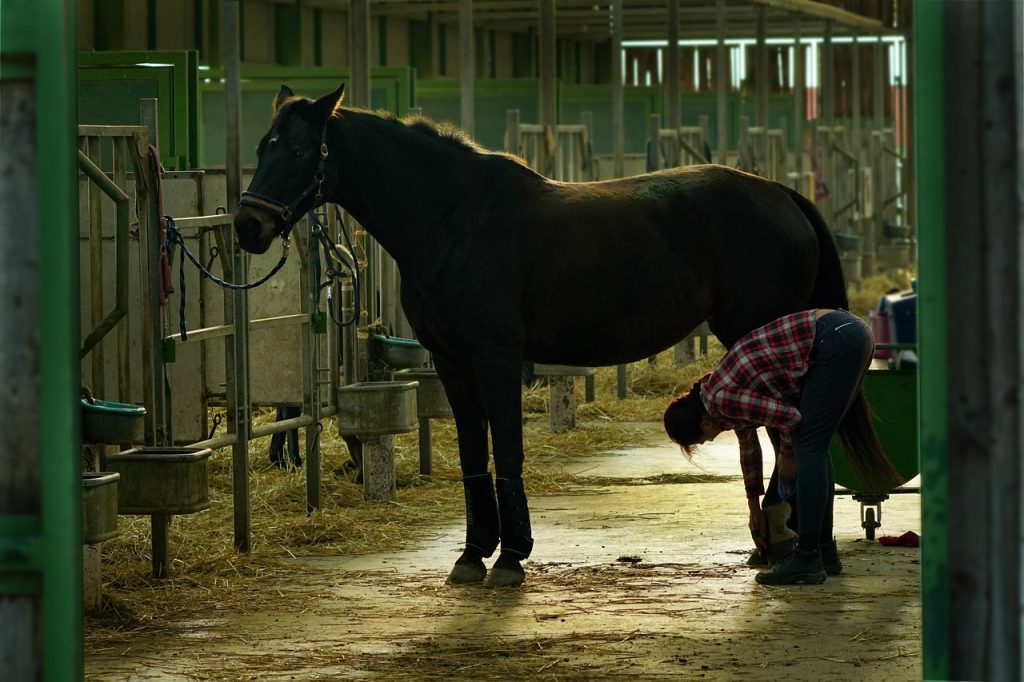
Exercise and Training
Exercise conditions a horse’s body, while training shapes their behavior. Both are essential for a happy, well-behaved horse.
Planning a Regular Exercise Routine
A regular exercise routine should ideally combine free exercise (like turnout in a pasture) and structured exercise (like riding or lunging). Incorporate different types of activities to keep your horse engaged and responsive.
Basics of Horse Training
Horse training involves teaching your horse to understand and respond to commands. Key principles include consistency, repetition, reward and discipline, and gradually increasing complexity.
Understanding Horse Behavior During Training
Different horses respond differently to training, and their behavior can provide essential feedback. Reluctance, resistance, or fearfulness often indicates that a horse is uncomfortable or confused.
Importance of Rest and Recovery
Rest days are just as important as training days for your horse. They allow the horse’s body to rest, recover, and build strength.
Stable and Pasture Management
A well-maintained stable and pasture can significantly contribute to your horse’s health and happiness.
Choosing a Suitable Environment
The choice between stable and pasture or a combination of the two really depends on your horse’s needs, the weather, and other practical aspects. In either case, the environment should be clean, safe, and spacious.
Cleaning and Maintenance of Stalls
Regular cleaning and maintenance of stalls help prevent health issues. Bedding should be kept clean and dry, and the entire stall should be stripped and disinfected regularly.
Safety Considerations in the Stable and Pasture
Safety procedures in the stable and pasture include thoughtful placement of food and water sources, safe fencing, and a regular check for hazards such as broken equipment or poisonous plants.
Horse Friendly Landscaping
Pasture should offer sufficient food, space for exercise, and a source of fresh, clean water. Grass species selected for the pasture must be safe and healthy for horses to eat.
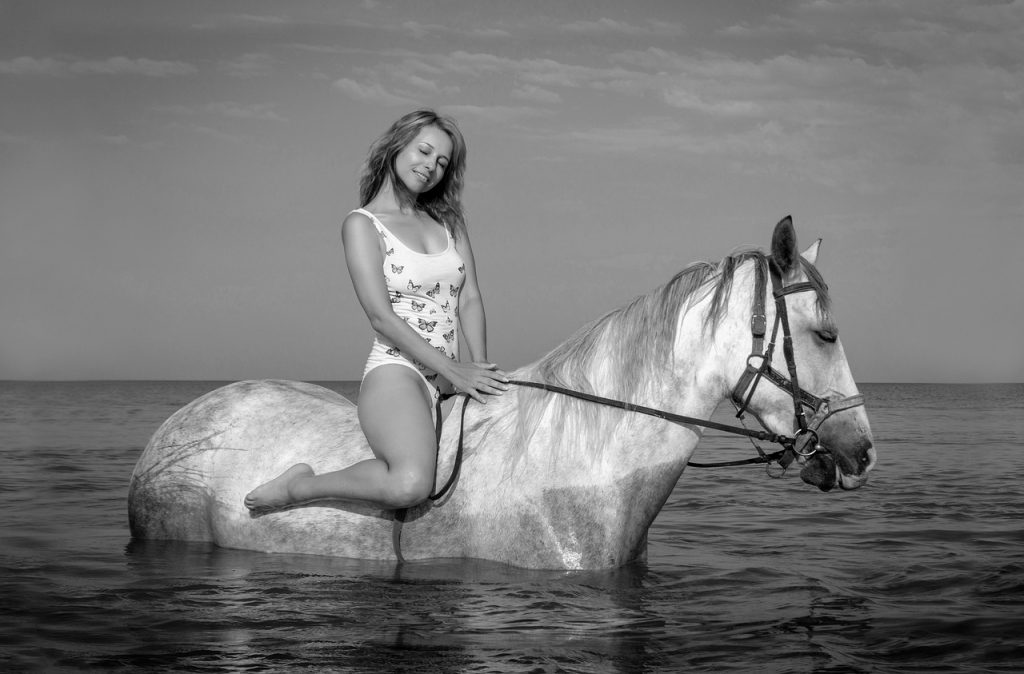
Hose Weather Care
Horses’ care requirements change with the seasons, and horse owners need to be prepared for all kinds of weather.
Understanding Weather Influence on Horses
Weather changes can affect a horse’s food and water intake, ability to exercise, and general wellbeing. Cold can lead to issues like frostbite, while heat can result in overheating.
Cold Weather Care
In cold weather, provide your horse with adequate shelter and blankets if necessary. Increase their food intake to maintain body temperature, and ensure their water source is not frozen.
Hot Weather Care
In hot weather, shade and plenty of fresh water are essential. You might need to adjust exercise schedules to avoid the hottest part of the day, and electrolyte supplements may be required to replace the salts lost through sweating.
Dealing with Extreme Weather Conditions
In extreme weather, keeping your horse safe might require bringing them inside, heated water sources, or even evacuation in the case of natural disasters.
Transporting Horses
Whether it’s for a show, a race, or a move, there may come a time when you need to transport your horse.
Selecting Suitable Horse Transportation
When selecting the transportation, consider your horse’s size and temperament, the distance and duration of travel, and the facilities at both ends of the journey.
Preparing a Horse for Travel
Before travelling, help your horse grow accustomed to the vehicle. Load and unload them a few times in advance. On the day of travel, ensure they have enough hay and water, and consider stops for rest on longer trips.
Maintaining Horse Safety During Travel
To keep your horse safe, secure them properly but comfortably in the vehicle. Monitor them regularly throughout the trip, either via a camera or stopping to check.
Post-Travel Care
Once you arrive, allow your horse to rest and recover, particularly after longer trips. Monitor them closely for signs of stress or illness.
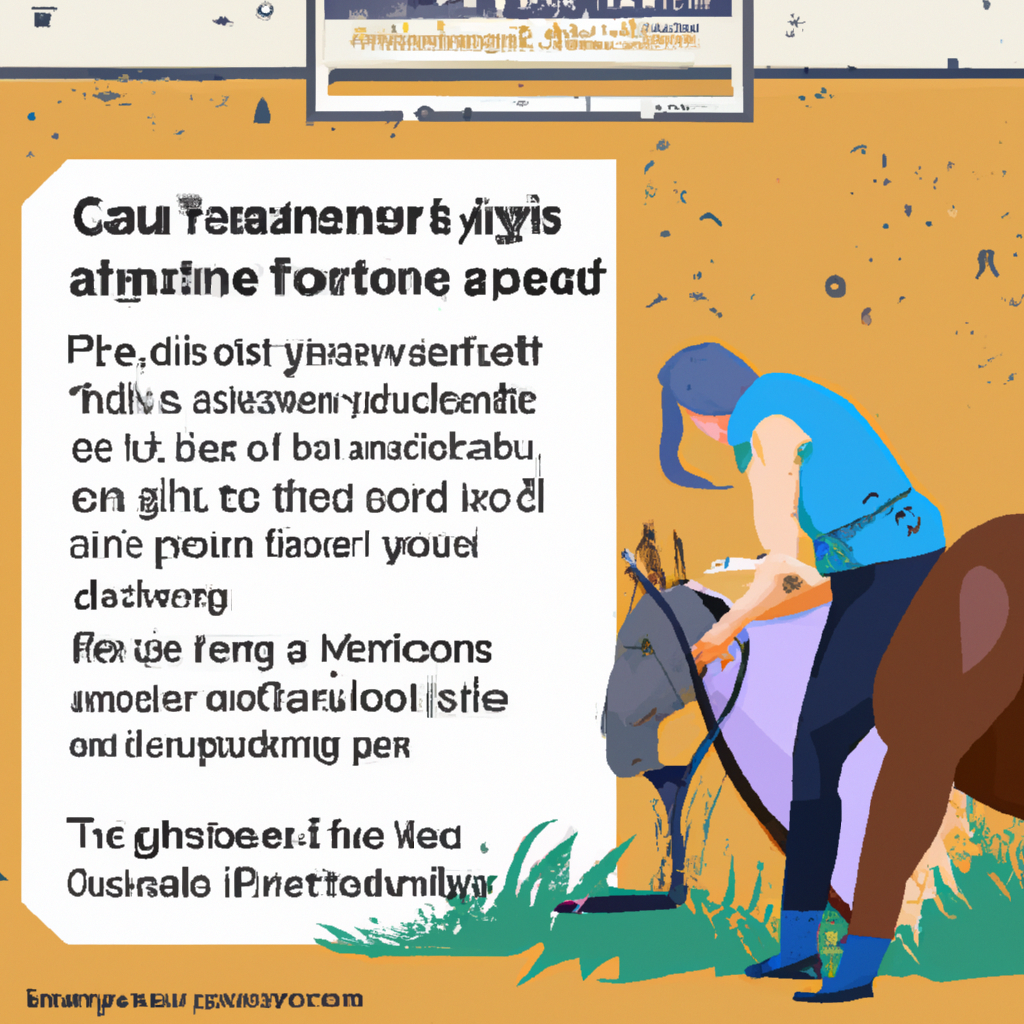
Understanding and Addressing Horse Behaviors
A horse’s behavior can say a lot about its health, temperament, and overall wellbeing.
Common Horse Behaviors and Their Meaning
Some horse behaviors, such as nipping, kicking, rearing, and bucking can be a challenge to deal with. Understanding why your horse is displaying these behaviors is the first step towards addressing the problem.
Training for Behavior Management
Training can help in managing some of the challenging behaviors. With a consistent, rewarded, and positive approach, a horse can learn to replace unwanted behaviors with more desirable ones.
Dealing with Challenging Behaviors
Challenging behaviors can sometimes be due to physical problems, so consulting a vet is a good first step. If medical reasons are ruled out, a trusted trainer or behaviorist can provide useful guidance.
Professional Assistance for Behavior Issues
Despite your best attempts, not all behavioral problems can be solved easily. In those cases, don’t hesitate to seek professional help from a veterinarian or equine behaviorist.
Breeding and Foal Care
Whether you choose to breed your mare or buy a foal, learning about breeding and foal care can be rewarding.
Understanding the Horse Breeding Process
The horse breeding process starts with choosing suitable mates. Pregnancy lasts for about 11 months, with the mare needing increased nutrition in the latter stages.
Pregnant Mare Care
Special care for a pregnant mare includes increased feed intake, regular vet checks and an adjusted exercise routine. Ensure a clean, safe and peaceful place for foaling.
Care of Newborn Foals
Newborn foals need warmth, colostrum from the mother within the first few hours, and regular checks to ensure they’re healthy. Handle them regularly from a young age to get them accustomed to humans.
Early Training and Socialization of Foals
Early training, also known as imprinting, and socialization can help shape a foal’s future behavior. Foals can learn to accept haltering, grooming, and leading in their first few days. They should also be gradually introduced to other horses and new environments.
